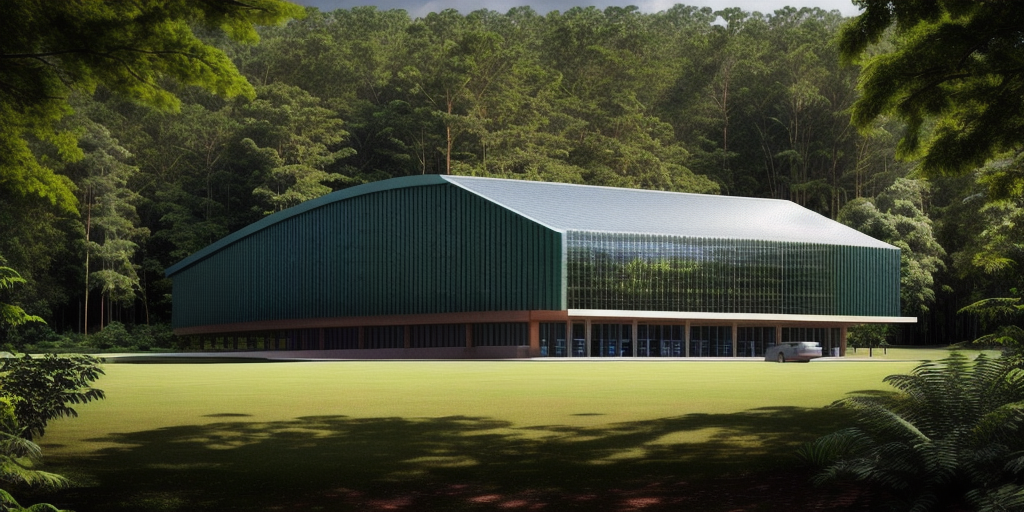
A science museum is using its 100-acre forest to support mental health
How did your country report this? Share your view in the comments.
Diverging Reports Breakdown
A science museum is using its 100-acre forest to support mental health
The Montshire Museum of Science has installed a wind phone in its Connecticut River forest. The idea came out of Japan 15 years ago as a symbolic way to talk with loved ones who’ve died. The project is part of a broader effort to use the 110-acre forest to promote mental health in the community. The museum plans to expand a wheelchair accessible trail to the Connecticut River and build a meditation labyrinth and platforms for yoga in the next year. The Montshire calls this exhibit the Healing Forest and encourages visitors to be more present in the woods. The initiative comes in response to public feedback shared at listening sessions about how the museum could better serve visitors, said Lara Litchfield-Kimber, the executive director at the Montshire. It is required to access these trails, with discounted pricing available for low-income residents. It can reduce depression and anxiety and increase feelings of hope, too.
It’s called a wind phone, and there are hundreds like it set up around the world to help people coping with grief. The idea came out of Japan 15 years ago as a symbolic way for people to talk with loved ones who’ve died.
The one in Norwich was installed this summer on the grounds of the Montshire Museum of Science as part of a broader effort to use its 110-acre forest to promote mental health in the community.
Lexi Krupp / Vermont Public The wind phone is part of a bigger project at the museum to support visitors’ mental health.
The initiative comes in response to public feedback shared at listening sessions about how the museum could better serve visitors, said Lara Litchfield-Kimber, the executive director at the Montshire.
“What kept coming up again and again and again was the need for support for mental health,” she said. “COVID really brought that to light — the way people sought out our natural spaces.”
There is a lot of research supporting the idea that engaging with nature is good for your brain — it can reduce depression and anxiety and increase feelings of hope.
Litchfield-Kimber thought a science museum could be part of that, too.
“We have an opportunity to be a convening space, where we can pull experts in, where we can tell their stories, but then also give people a place to practice and reflect on their own,” she said.
The Montshire calls this exhibit the Healing Forest. There’s the wind phone and other installations along the trails that encourage visitors to go out in the woods and be more present.
One section looks like a playground. You can drop wooden balls down ramps and towers made of stone and wood that ring small bells.
Montshire Museum of Science / Courtesy The museum has a number of exhibits along their trails that encourage visitors to be more present.
“What we tried to do with it was to bring in a sound bathing aspect to it,” Litchfield-Kimber said. “When you slow down to listen to this, it’s really soothing.”
Over the next year, the museum plans to expand a wheelchair accessible trail to the Connecticut River and build a meditation labyrinth and platforms for yoga.
Museum admission is required to access these trails, with discounted pricing available for low-income residents.
Former museum director David Goudy said the forest offers an approachable way for people to experience the natural world.
“An awful lot of people don’t think of themselves as hikers. They don’t identify with going out on trails in the woods,” he said. “Montshire creates trails that are inviting to people that don’t really quite yet feel comfortable doing that.”
Recently, Goudy has been leading bereavement walks at the museum and other trails in the area for a local hospice center. His wife, Susan, died a couple years ago, and he said the walks have been a big help.
I can’t really explain it, but I can just tell you it really happens. David Goudy, former director of the Montshire Museum
Goudy hasn’t used the wind phone yet, but he has done something similar — writing messages to his wife on paper that dissolves in water. The phone is the same concept, he said.
“You intentionally walk over there and you think of what I’m going to say now, and you pick up the phone and you have this little conversation,” he said.
Goudy knows talking into a phone that doesn’t go anywhere may seem foolish , but he said it’s a powerful experience.
“There’s something about it that really touches you — you feel it,” he said. “I can’t really explain it, but I can just tell you it really happens.”
